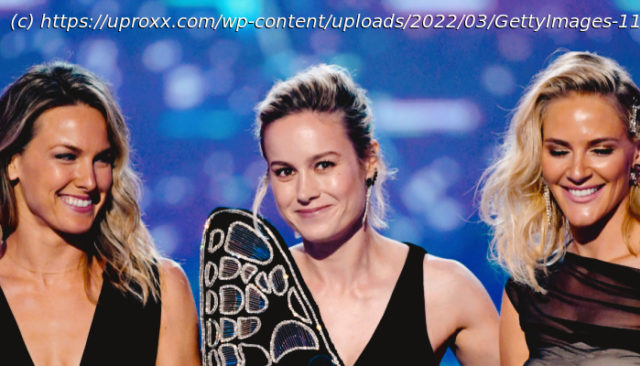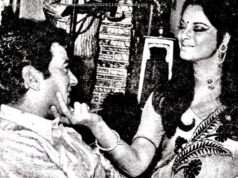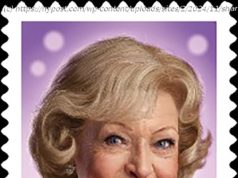Behind the scenes performers are driving an explosion in on-screen badassery, but there isn’t nearly enough recognition or respect.
As blockbuster cinema overwhelmingly dominates our cultural discourse, the spotlight has fallen onto the women who are crafting the era’s new heroines. Female superheroes are billion-dollar hits, Oscar winners like Chloe Zhao are shaping cinematic universes, and a new dawn of icons is led by the likes of Carol Danvers, Furiosa, Rey, and Mako Mori. And accompanying each of these women is a stunt double to help kick all of that ass. Stunt work has existed for as long as Hollywood has been making movies, and women were a key part of this burgeoning industry. At a time when stunts were wildly dangerous, women like Pearl White (nicknamed the Peerless Fearless Girl) and Grace Cunard threw themselves — often literally — into the action. During the Wild West of the early days of cinema, it wasn’t uncommon for leading ladies to be as brutally physical as their male counterparts. One actress, Helen Holmes, was known for leaping from moving trains to moving cars. Kathlyn Williams, the star of the 1913 serial The Adventures of Kathlyn, notably worked with wild animals, no cages in sight. Pearl White, the industry’s most popular star in 1916, headlined much-watched serials like The Perils of Pauline and The Exploits of Elaine, which required her to learn everything from flying planes to swimming across river rapids. Alas, these pioneering women saw their places in cinematic history erased almost as soon as they stepped away from the spotlight. While it wasn’t uncommon at the time for men to dress in drag to act as stunt doubles for actresses — even Pearl White used such services when she suffered injuries — it soon became a disheartening default for the industry. But stunt women never disappeared. Katie Rowe is the President of the Stuntwomen’s Association of Motion Pictures. She has credits on the likes of Swiss Army Man, Crank 2, and multiple episodes of CSI: Miami. “I’m sure it was a notion of civility that made people think they were keeping women safe from harm by not allowing them to do certain things,” she told us. “[Our organization] was founded to let stunt coordinators and casting directors know that there were women ready, willing, and able to do stunts on camera.






